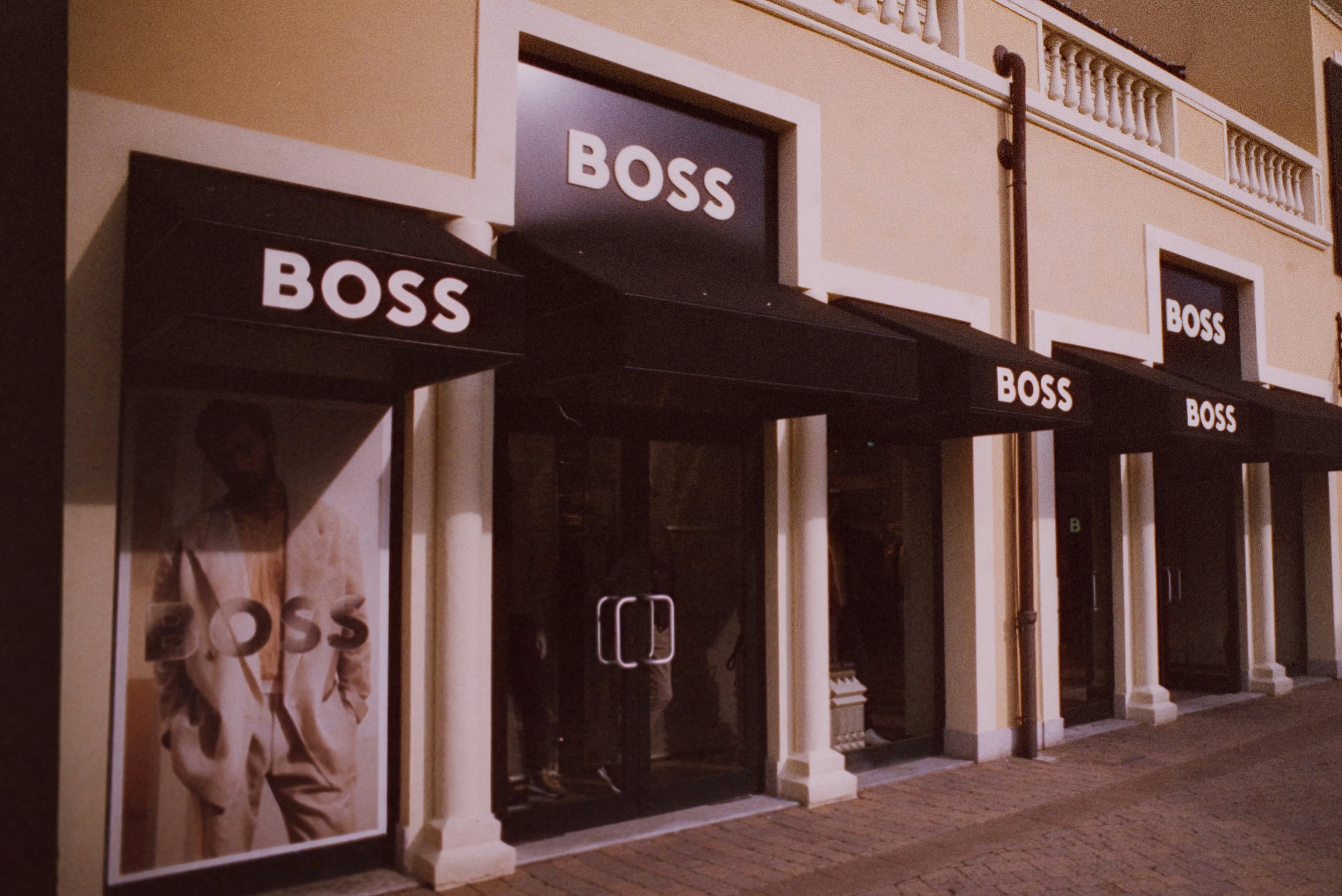Why Most Side Hustles Bleed Cash (And How to Fix It)

I once walked up to a car rental counter to pick up a vehicle I’d reserved for $19 a day. I handed my ID to the smiling agent, who quickly told me, “Hmm. It looks like we don’t have the car you reserved. We have an equivalent, but… you’re a big guy. Would you prefer a roomier pick-up truck instead?”
That sounded pretty good, so I agreed. “I’ve got you down for three days,” she continued, tilting her head. “Would you like a late return so you can bring it back any time during the day without worrying about fees?” My flight out was in the evening, so that made perfect sense. I said yes.
“Great,” she said. “So would you like better insurance to cover any bumps or scratches? It covers any and all damage.” I joked that I wasn’t planning on drag racing and opted for the minimum coverage.
Finally, she asked, “Did you want us to take care of fuel so you don’t have to worry about filling it up? You can return it on empty. We do it for $3.75 a gallon.” I asked what local gas prices were, and she cheerfully replied, “About $3.50 a gallon.” To avoid the rush before my flight, I agreed. “Sure, why not.”
Walking away with the keys, I glanced at the receipt and had to laugh. I came for a $19/day car and left paying $100/day—a fivefold increase. And I was happy about it. This is the power of a well-designed Money Model.
What Exactly is a Money Model?
A Money Model is simply a sequence of offers designed to solve a customer’s problems at the exact moment they arise. The rental car company had mastered this. They anticipated my needs before I even recognized them myself and presented a solution for each one.
Let’s break down their model:
- Solved my “big man, small car” problem.
- Solved my “late flight, early return” problem.
- Solved my “what if I ding the car” worry.
- Solved my “I’m going to be rushing to the airport” problem.
Each offer addressed a potential point of friction, and I was happy to pay to make my trip smoother. This isn't just a clever sales trick; it's the engine behind the . They understand how to maximize the value of every single customer interaction.
Where Most Ventures Go Wrong
The flip side is that a bad Money Model can kill a business before it even gets off the ground. This is a huge risk, especially when you're and can't afford to burn cash. Here’s the typical downward spiral:
A business spends more to acquire a customer than it makes from that initial sale. Realizing they're losing money at the end of the month, they cut back on advertising. This leads to fewer customers, which starves the business of cash flow. Eventually, advertising stops completely, and the owner starts floating the business with personal savings or credit cards, hoping for a miracle.
This is a slow death. Imagine spending $100 on ads to get a customer who brings in $500 in profit. That sounds great, but what if it takes two years to collect that $500? Unless you have deep pockets, you’ll run out of money long before you see a return. This is why so many promising ideas fail. A good Money Model, however, ensures you get paid fast.
My personal rule is to make back the cost of acquiring a customer within 30 days. Why? Because anyone can get interest-free money for 30 days with a credit card. If you can get a customer, get paid, and pay off the card within a month, you have a repeatable system for growth that doesn’t require a huge bankroll.
The Math Behind Explosive Growth
When you get your Money Model right, the results aren't just linear—they're exponential. If you make more offers, you make more money. If you get that money faster, you can reinvest it to get more customers sooner.
Think about it this way: what happens if you make your customers twice as valuable, get twice as many of them, and acquire them at twice the speed? Your business grows 8x faster (2 x 2 x 2). If you triple each of those, it grows 27x faster. This is how you build that have the potential to become your full-time focus. A few small changes to your offer structure can lead to massive, rapid growth, turning a hobby into a .
The Four Core Offer Types
An effective Money Model is built from a combination of four distinct types of offers. While they work well on their own, together they create a powerful system.
- These turn complete strangers into first-time customers.
- These get existing customers to spend more money with you right now.
- These capture a “yes” from people who would have otherwise said “no.”
- These create recurring revenue and keep people buying over the long term.
The world’s best businesses strategically combine these four offers. You might start with an Attraction Offer to get customers in the door. Then, you introduce an Upsell to increase the immediate cash flow. For those who decline, a Downsell provides a lower-cost option. Finally, a Continuity Offer ensures predictable income month after month. This framework provides the stability needed for .
A Few Ground Rules for Success
Before you and begin building your own Money Model, keep a few key principles in mind:
- Don’t just copy what someone else is doing. Ask yourself, “How can I make this model work for my unique business?” Creativity is your greatest asset.
- If your product is strong, you shouldn’t have to force it on people. Make relevant offers when your customer has a problem. If they say no, that’s okay. Find someone who needs what you have.
- Never lie or misrepresent your offer. The facts should be compelling on their own. A bad reputation is impossible to erase, so protect yours at all costs.
- If someone wants a refund, give it to them without a hassle. Treat people well. A positive customer experience is the foundation of any sustainable business.
Building a business that lasts—whether it's a weekend project or your main source of income—starts with a thoughtful plan for making money. By focusing on a strong Money Model from day one, you set yourself up for profitable, sustainable growth.








